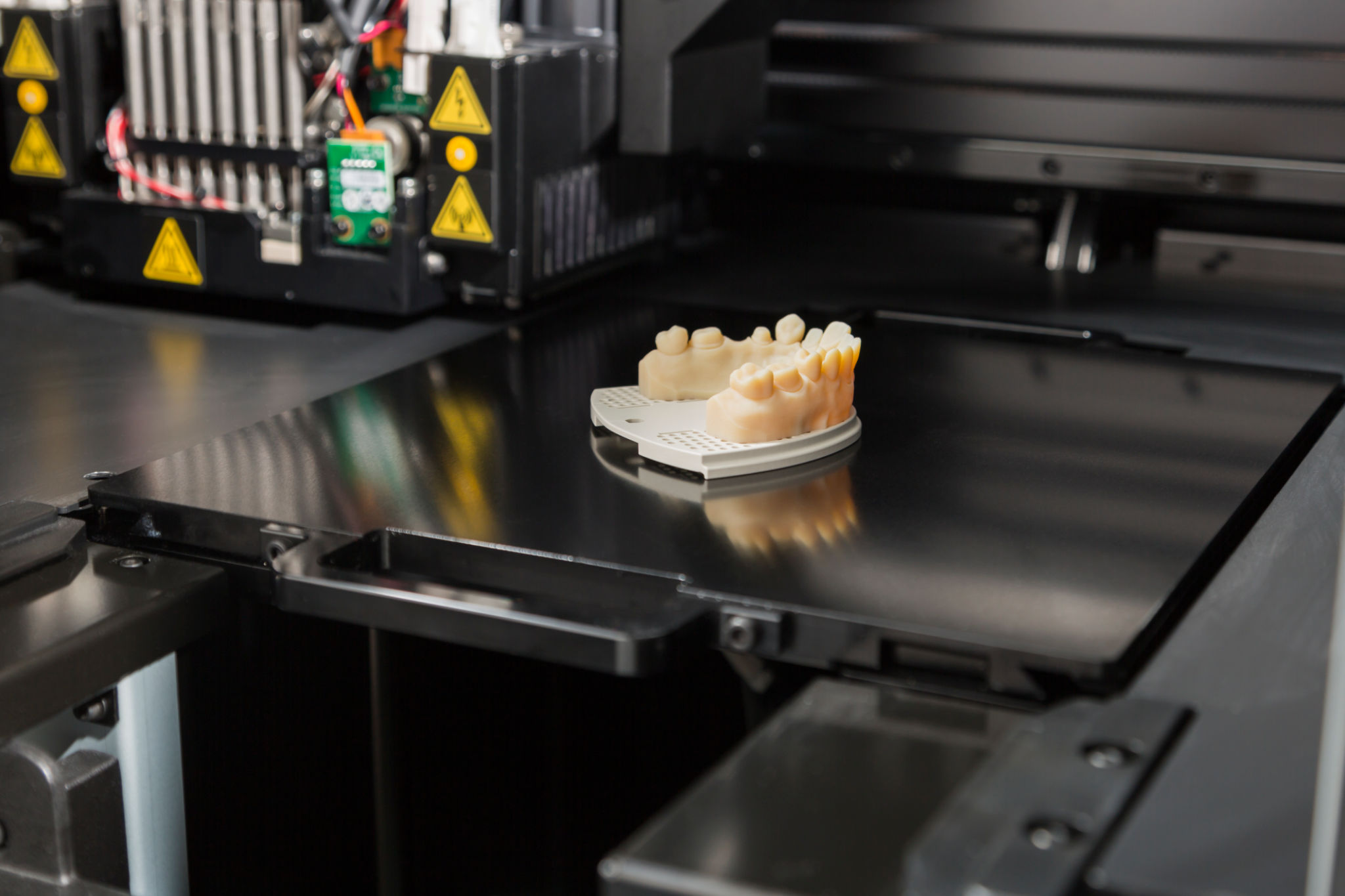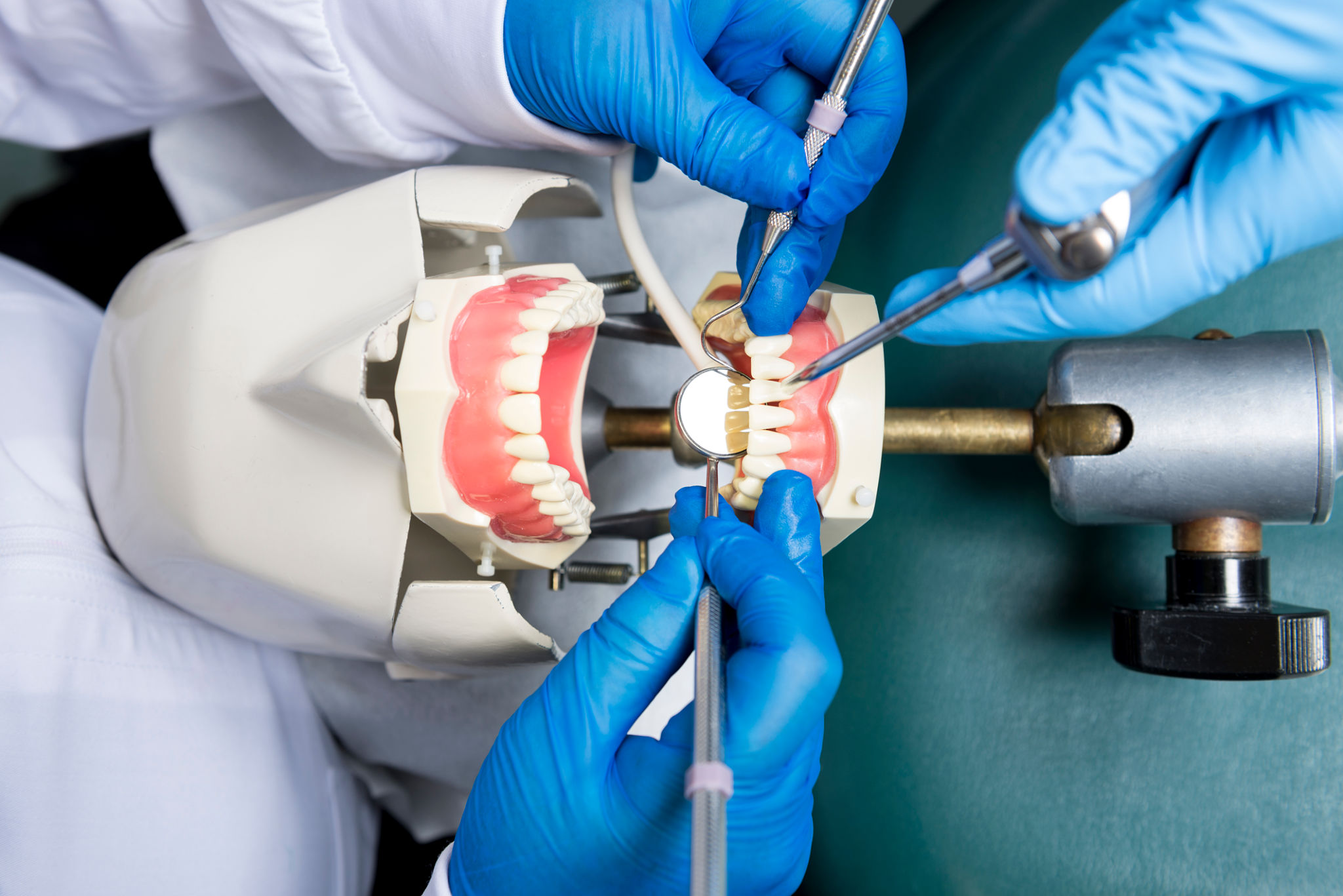Innovations in Dental Education: The Future of 3D Printed Restorative Models
Revolutionizing Dental Education with 3D Printing
In recent years, 3D printing has emerged as a groundbreaking technology across various fields, and dental education is no exception. The ability to create detailed, accurate restorative models using 3D printing is reshaping how dental students learn and practice. By providing realistic simulations of dental procedures, 3D printing is enhancing the educational experience and preparing students for real-world scenarios.

The Benefits of 3D Printed Models in Dentistry
One of the primary advantages of using 3D printed models in dental education is the increase in hands-on learning opportunities. These models allow students to practice and refine their skills in a controlled environment, leading to greater confidence and competence. Additionally, 3D printed models are highly customizable, enabling educators to tailor simulations to individual learning needs.
Furthermore, 3D printing technology allows for the production of complex and intricate dental structures that would be challenging to replicate using traditional methods. This capability ensures that students are exposed to a wide range of dental conditions, enhancing their diagnostic and problem-solving skills.
Enhancing Realism in Dental Training
The use of 3D printed restorative models offers an unprecedented level of realism in dental training. These models can mimic the texture, color, and hardness of real teeth, providing students with a tactile experience that closely resembles working on actual patients. This realistic experience is crucial in building the tactile skills necessary for successful dental practice.

Cost-Effectiveness and Accessibility
Another significant advantage of 3D printed models is their cost-effectiveness. Traditional dental models can be expensive and time-consuming to produce. In contrast, 3D printing allows for rapid production at a fraction of the cost. This affordability makes it possible for educational institutions to provide students with more frequent access to practice materials.
Moreover, the digital nature of 3D printing ensures that these resources are easily accessible. Digital files can be shared and reproduced globally, allowing for a broader distribution of educational materials and fostering collaboration among institutions worldwide.
The Future of Dental Education
As 3D printing technology continues to evolve, its applications in dental education are likely to expand further. Innovations such as multi-material printing and the integration of AI could lead to even more sophisticated models that simulate dynamic biological processes. These developments hold the potential to transform the way dental professionals are trained.

Challenges and Considerations
Despite its advantages, the adoption of 3D printing in dental education does come with challenges. Institutions must invest in the necessary technology and training for educators. Additionally, ensuring the accuracy and reliability of printed models is critical to maintaining high educational standards.
Nevertheless, the potential benefits far outweigh these challenges. As more institutions embrace this technology, the collective knowledge and expertise will drive improvements and innovations in dental education.
Conclusion
Incorporating 3D printed restorative models into dental education represents a significant step forward in preparing future dental professionals. By offering realistic, cost-effective, and accessible learning tools, 3D printing is poised to play a vital role in shaping the future of dentistry. As we continue to explore and integrate these technologies, the possibilities for improvement in dental education are limitless.